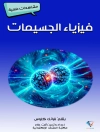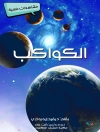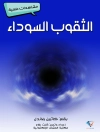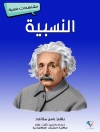This thesis describes two groundbreaking measurements in the precision frontier at the LHC: the first ever differential measurement of the Z-associated single top quark (t Zq) production, and the luminosity measurement using Z boson production rate for the first time in CMS. Observed only in 2018, the t Zq process is of great importance in probing top quark electroweak couplings. These couplings are natural places for new phenomena to happen in the top quark sector of the standard model. Yet, they are the least explored directly. One has to obtain a firm understanding of the modeling of sensitive distributions to new top-Z interactions. The present analysis marks a major milestone in this long-term effort. All distributions relevant for new phenomena, and/or modeling of t Zq, are studied in full depth using advanced Machine Learning techniques.The luminosity and its uncertainty contributes to every physics result of the experiment. The method minutely developed in this thesis provides a complementary measurement that results in a significant overall reduction of uncertainties.
قائمة المحتويات
Introduction.- Theoretical Foundations of Single Top Quark Physics at the LHC.- The CMS Experiment at the LHC.- Luminosity Determination Using Z Boson Production.- Measurements of Single Top Quark Production in Association With a Z Boson. Summary and conclusions.
عن المؤلف
I studied physics at KIT in Karlsruhe, Germany with the main subjects on theoretical particle physics, experimental particle physics, and data analysis. In summer 2017 I joined the CMS experiment to work for my master’s thesis project on improvements in deep neural network algorithms for the identification of jets with b quarks. I showed that by using novel machine learning techniques based on domain adaptation the difference between data and simulation can be mitigated. Afterward, I moved to Hamburg where I started my Ph D at the DESY research center. My main project was the analysis of proton-proton collision data recorded by the CMS experiment, where I studied the production of a single top quark in association with a Z boson (t Zq). During this time, I also co-supervised a graduate student on a related project. Today, I am a level 3 t X convener for CMS and organize by-weekly meetings and support and review analyses from the early stages. As the Hep Data contact person, I organize thedata preservation of analysis results. In the past and present, I contribute to the CMS experiment in the group responsible for luminosity determination. I developed a novel technique of measuring the luminosity using Z bosons decaying into muons. The approach requires a deep understanding of the reconstruction, identification, triggering, and efficiency determination of munos. The method is also used to validate the luminosity recorded in the just-started LHC Run 3 data acquisition, where I take a supervising role. In my current position as a postdoctoral scientific researcher, I joined the effort for a precision measurement of the W boson mass, a parameter of the standard model that was recently measured with tension to theory predictions. To cope with the demanding conditions for the planned High-Luminosity LHC, new innovative and cutting-edge technology will be needed. In the context of the Phase-2 upgrade of the CMS experiment, I’m performing test measurements of silicon sensors for the new High Granularity Calorimeter (HGCAL).












